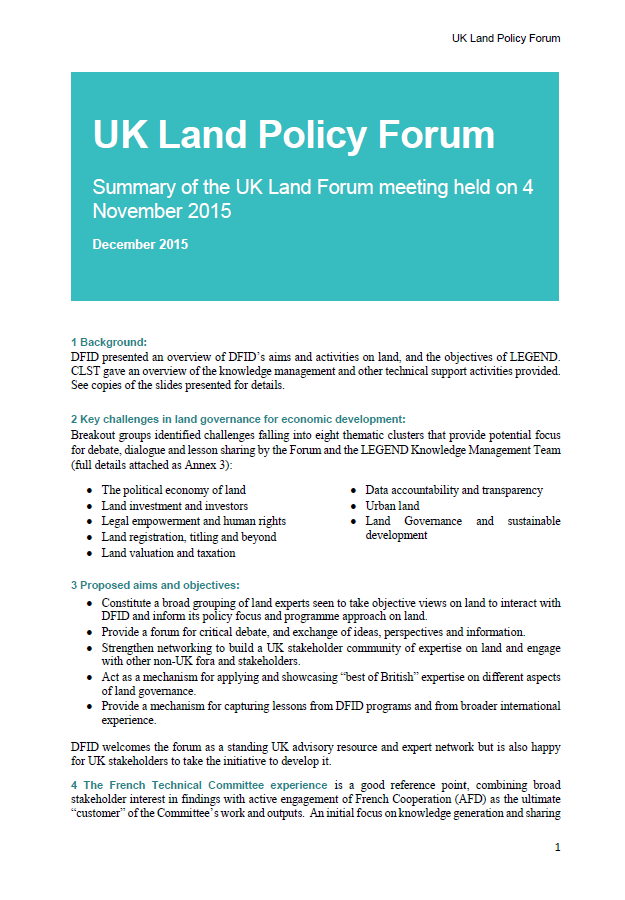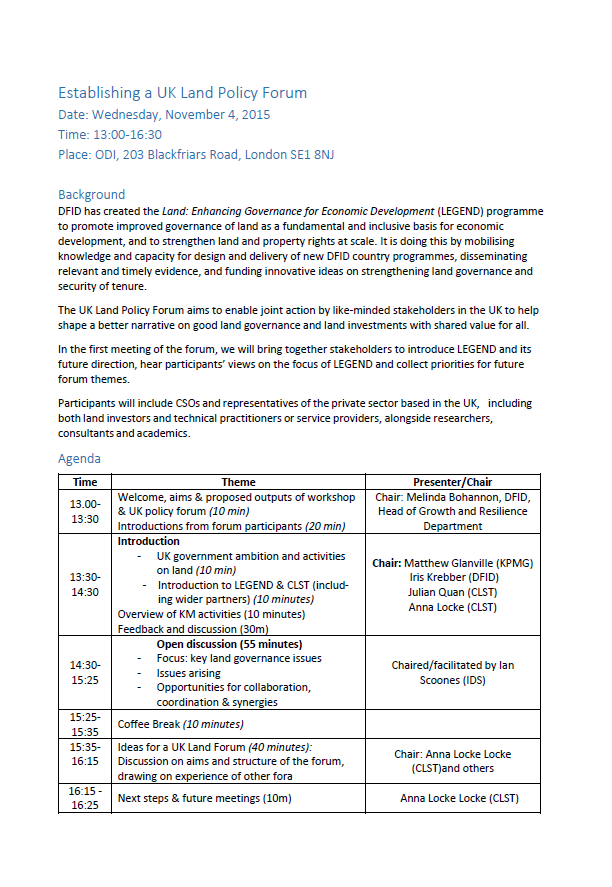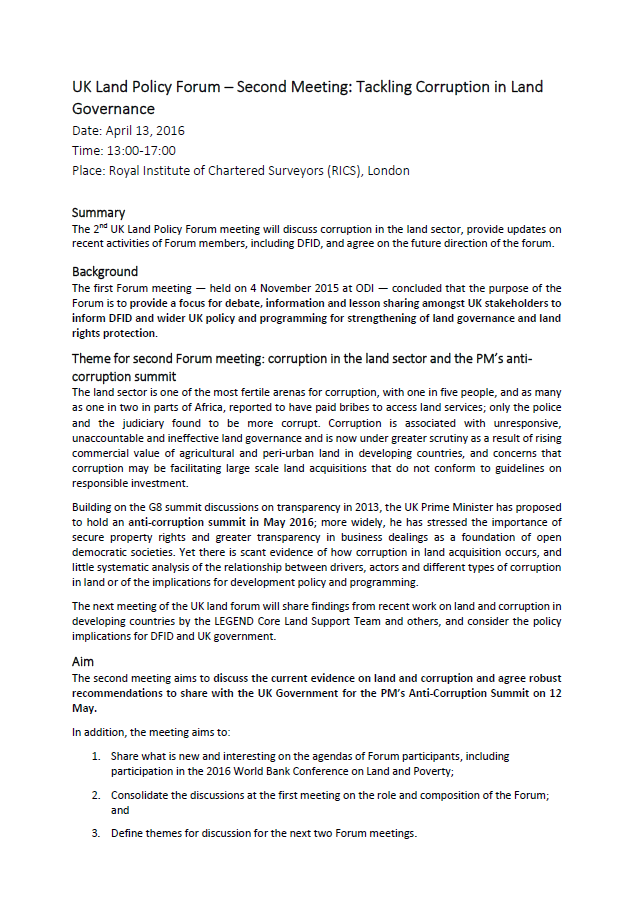Impacts of Public and Private Sector Policies on Soybean and Pasture Expansion in Mato Grosso—Brazil from 2001 to 2017
Demand for agricultural exports in Brazil has stimulated the expansion of crop production and cattle raising, which has caused environmental impacts. In response, Brazil developed public policies such as the new Forest Code (FC) and supply chain arrangements such the Soy and the Cattle Moratoriums. This paper analyzes the effectiveness of these policies, considering the trajectories of agricultural expansion in the state of Mato Grosso in three years: 2005 (pre-moratorium and before the new FC), 2010 (post-moratorium and before the new FC) and 2017 (post-moratorium and post-new FC).





